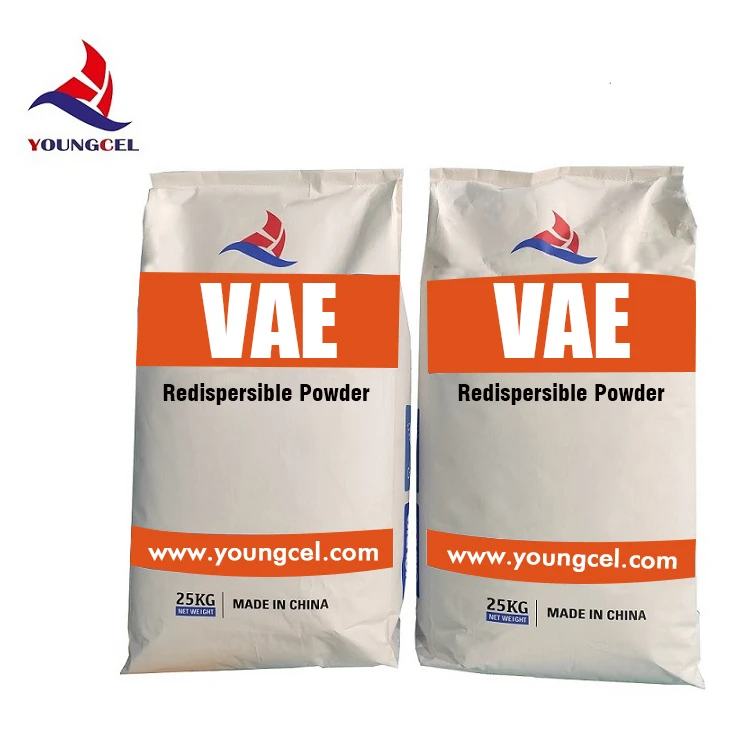Cellulose Ether Chemical Adhesives An Overview
Cellulose ether chemical adhesives are a unique class of polymer-based adhesives that leverage the properties of cellulose derivatives. Cellulose, a natural polymer found in the cell walls of plants, can be chemically modified to produce a variety of cellulose ethers, including hydroxypropyl cellulose (HPC), hydroxyethyl cellulose (HEC), and carboxymethyl cellulose (CMC). These cellulose ethers are widely recognized for their versatility, unique performance characteristics, and environmentally friendly properties.
One of the primary advantages of cellulose ether adhesives is their exceptional binding strength. When mixed with water, these adhesives form a viscous solution that can easily spread on various surfaces. Upon drying, they create a strong bond, making them suitable for multiple applications, including woodworking, construction, and paper products. Their ability to adhere to different substrates, such as wood, metal, and plastics, makes them an attractive choice for industries that require reliable and durable bonds.
Cellulose ether adhesives exhibit excellent thermal stability, allowing them to maintain performance even in fluctuating temperatures. This property is vital in applications where exposure to heat might compromise other types of adhesives. Furthermore, cellulose ethers are resistant to water, which enhances their longevity and performance in humid environments. This characteristic is especially important in construction applications, where moisture is an ongoing concern.
cellulose ether chemical adhesive

In addition to their adhesive properties, cellulose ethers also offer unique rheological and thickening characteristics. They can modify the flow properties of formulations, allowing for the creation of tailored products with specific viscosities. This versatility is particularly advantageous in industries such as paint and coatings, where the desired consistency is critical for application.
Eco-friendliness is another significant feature of cellulose ether adhesives. Being derived from natural cellulose, these adhesives are biodegradable and non-toxic, making them a safer alternative to many synthetic adhesives. This is becoming increasingly important as industries shift towards more sustainable practices in response to environmental concerns. The use of cellulose ether adhesives helps reduce the carbon footprint associated with adhesive manufacturing and disposal.
Furthermore, the production of cellulose ether adhesives can be optimized to minimize waste and energy consumption
. With the proper manufacturing processes in place, companies can produce these adhesives with reduced environmental impact, aligning with global initiatives for sustainability and eco-consciousness.In conclusion, cellulose ether chemical adhesives represent a versatile and effective solution in various industries due to their strong bonding capabilities, environmental attributes, and unique performance characteristics. As industries continue to seek sustainable and high-performance materials, the importance of cellulose ether adhesives is likely to grow. Their adaptability and eco-friendliness position them as a key player in the future of adhesive technology, fostering innovation and promoting sustainable practices across multiple sectors.
-
A Comprehensive Guide to Methyl Ethyl Hydroxyethyl Cellulose: Applications and Industry InsightsNewsNov.24,2025
-
Understanding Methyl 2 Hydroxyethyl Cellulose: Uses, Benefits & Industry InsightsNewsNov.24,2025
-
Hydroxyethyl Methyl Cellulose HEMC: Industrial Uses, Benefits & Future TrendsNewsNov.23,2025
-
HEMC Cellulose: Versatile & Sustainable Industrial Polymer | YoungcelNewsNov.23,2025
-
Methyl Hydroxyethyl Cellulose: Versatile Building Block for Industry & SustainabilityNewsNov.23,2025
-
CAS 9032 42 2: Understanding Polyvinyl Alcohol's Impact on Industry & SustainabilityNewsNov.22,2025




